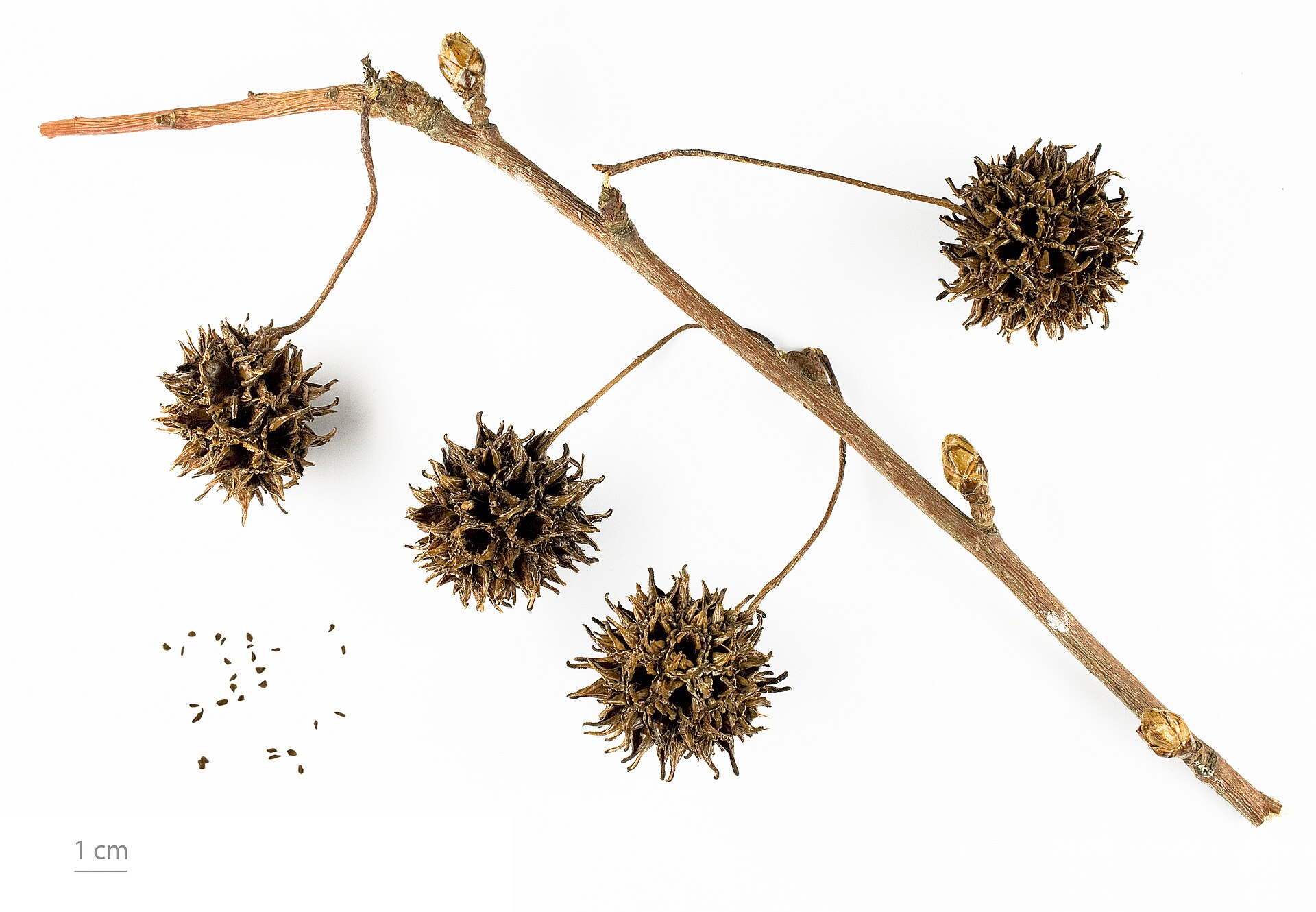What is this thing?
Let us help you identify that mysterious object you’ve found.
Currently in CHALLENGE mode: If you've got something obscure knocking about, post a picture, and let's see how we do. Please prefix such posts with "CHALLENGE:" so we know we've got a fighting chance.
TIL! Thanks for the factoid: my dogs have definitely gotten covered in burdock plenty of times too, maybe I should invent something about it
Awesome! The land is private and might be a brownfield though. I'm just pulling trash out of bushes.
Looks like what I call thistle. Bumblebees love 'em.
Thistle?
that does look likely i guess. which would mean it's either native, or not lol.
We have them in British Columbia and they’re Scotlands flower so I imagine they are hardy.
Like that damn Scotch Broom.
I often wonder whats really the difference between a native species and an invasive one besides the relative time it was introduced to an environment in relation to the present?
On a geological and evolutionary timeframe species are getting introduced, competing for resources, and going extinct all the time in every part of the world. The plant you consider a 'native' was really only introduced 25,000 years ago which might as well be an hour ago as far as life is concerned.
If it takes 500 years for an ecosystem to rearrange and adapt to incorporate an 'invasive species' into the new balance, does that plant now quality as 'native' to the generations of people 500 years down the line? At what point does the line sperating invasive species vs native dissolve until it just arbitrary definitions set by what's convinent to current humans and the present status quo in the ecosystem?
I’m not into splitting hairs, or cutting down noxious weeds from far away
An invasive species is an introduced, nonnative organism (disease, parasite, plant, or animal) that begins to spread or expand its range from the site of its original introduction and that has the potential to cause harm to the environment, the economy, or to human health.
A few well-known examples include the unintentional introduction of the West Nile virus, chestnut blight, the South American fire ant, zebra mussels, Burmese pythons, and sea lamprey. These are in addition to the intentional introductions of salt cedar (Tamarisk), kudzu vine, house sparrows, starlings, and nutria.
I'm sorry to hear that. I love splitting hairs until I can at the very least chart out the molecular nano-structure of keratin in the hair cells with a proverbial electron microscope.

Dont you think its kind of cool to look at split hair up close? Apparently the keratin is those little strands imbedded in the cell. But why stop there? Let's keep splitting and examining and asking. Split the keratine into molecules that make it up, split the molicules into base atoms split those to find the nucleus in the atoms, the elections and neutrons and protons that make up that, the quarks that make up those, the boson, keep splitting and splitting until finally nothingness reveals itself to be at the core of all things. But what even is nothingness and the buzz of virtual particles causing quantum fluctuations that live within it? What's that all about?
"but what is X, what does it mean really?" Is a fun kind of question to ponder to me. I hope you enjoy expressing curiosity about the fundamental aspects of reality in other ways.
The dry copy paste definition you gave kind of lines up with the conclusion that there is no concrete distinction when examing from a universal unbiased reference frame its just different forms of life doing their thing existing where they can out of chance and circumstance in an ever evolving world. The definitions are born from human biases, self interest and fear of change leading to disruptions or disasters.
I feel its the same thing weeds. Whats the difference between a wild flower and a Dandylion? Human judgement and arbitrary language. Well, I like daffodils and dandelions, so fuck conventional made up definitions of what's proper and not. They're wildflowers to me!
I agree the literal splitting of hairs is very cool. The real issue is whether a certain noxious weed is safe to stomp on or maybe despite its faults it’s an attractive indigenous wildflower that blooms in the spring and bees frequent or it’s a root one can dig up and cook.
Sure, the plant was probably once stardust and it traveled here naturally in the shit of a sparkling kestrel 500 years ago. So say we all.
All this has happened before and all this will happen again.
The key difference between invasive and naturalized (both terms refer to non native species) is the organisms' impact on the local populations. Dandelions popping up here and there not hurting anything? Naturalized. A beetle without its usual predators decimating native trees? Invasive.
The second and third pictures look like an American sweetgum to me.
https://en.wikipedia.org/wiki/Liquidambar_styraciflua
Seedpods from it:

When they're still on the tree and before they're all dried up, they're softer and green.
Makes sense
We have a relative of it here in northern Japan where the dialectal term for it is 'baka'. This also means 'idiot' but I'm unsure if that's just coincidental
